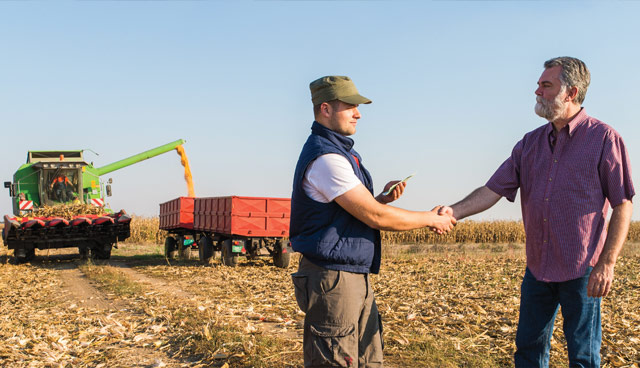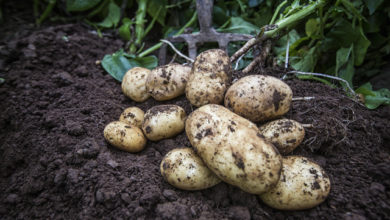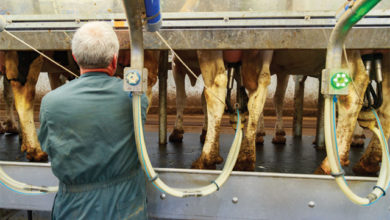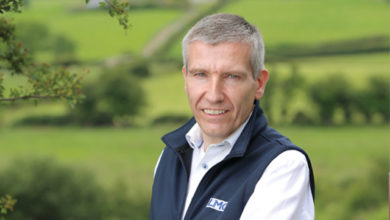Land Mobility programme continues to meet its objectives
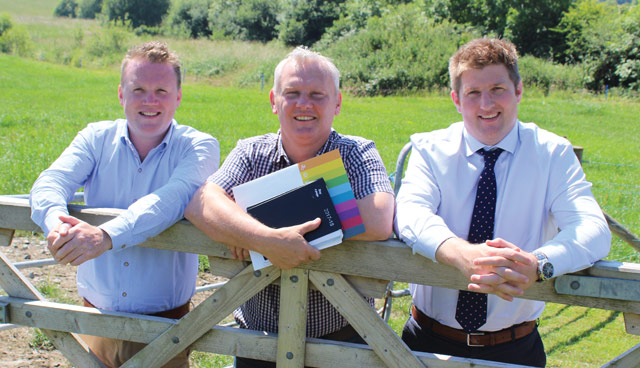

The Land Mobility programme, launched jointly by the Young Farmers’ Clubs of Ulster (YFCU) and the Ulster Farmers’ Union (UFU) 12 months ago, is continuing to break new ground in helping to allow farmers and landowners of all ages identify new ways to make better use of Northern Ireland’s land-based resources.
According to John McCallister, manager of the initiative, the programme’s database now exceeds 200 names and has secured a total of 15 new, long-term farm business agreements. These include leasing arrangements, share farming initiatives and succession planning agreements.
“There is tremendous scope to build on all of this for the future,” he outlines.
DAERA funded, the initial Land Mobility programme will have a two-year lifespan. “The good news is that the project is delivering on its potential,” confirms YFCU president James Speers.
“It supports the clear desire of our members to bring innovation to the farming industry across Northern Ireland to develop more productive methods of land use.
A move away from conacre to longer term land use arrangements has long been identified as a crucial development in helping to improve farm productivity in Northern Ireland, while at the same time, giving younger farmers an opportunity to get their foot on the ladder of a fulfilling career within production agriculture.”
Explaining his role, McCallister states: “As project manager I am responsible for the promotion of land and enterprise mobility, through collective arrangements such as partnerships, shared farming agreements and leases between younger farmers and older landowners.
“Both the YFCU and UFU are confident this scheme will benefit both older and younger farming generations by matching people to opportunities.”
UFU policy and technical manager James McCluggage confirms that the Land Mobility programme has a crucial role to play at the very heart of the farming industry in Northern Ireland.
“We are expecting key changes in the way government policy is driven for agriculture,” he says. “Hopefully, these will allow the programme to have an even greater impact at farm level as we look to the future.”
A survey carried out by the YFCU has confirmed that almost half (48 per cent) of farm businesses contacted had not identified a farming successor, with one in five saying they had ‘no good reason’ for doing so.
Of those surveyed who had not identified a successor, 61 per cent had not sought advice or information. But over half (53 per cent) said they would be interested in a succession/inheritance planning advisory service.
The proportion of farmers in Northern Ireland over 55-years-old increased from 52 per cent in 1993 to 59 per cent in 2013. Over the same period, the percentage under 44 years of age fell from 26 per cent to 17 per cent.
Putting an effective succession plan in place is widely recognised as one of the biggest challenges facing every farm family.
“It tends to be the elephant in the room, which rarely gets talked about within families. This is a fundamental error and is one of the reasons why the transition of a farming business from one generation to the next is not always as smooth as it should be,” explains McCallister.
He made these comments while on a recent visit to the Seaforde farm of Allan Chambers, a business that has been managed as a share farming venture with Neill Patterson for the past six years.
“The farm is an exclusively arable operation with approximately 1,200 tonnes of grain produced on an annual basis,” Chambers outlines.
“Neill has a separate poultry meat operation with the litter produced by the birds used to fertilise the cereal ground. On the back of an extensive soil testing and liming programme, we are now pretty much self-sufficient from a potash and phosphate perspective. Nitrogen fertiliser is bought-in to meet crops’ optimal growth requirements.”
Chambers is quick to confirm that the share farming arrangements, agreed with Neill, have worked well: “Older farmers must recognise that they cannot continue to keep their land, livestock, buildings, and machinery in good working condition forever. Planning to involve a new generation in the business is essential.”
McCallister explains that large acreages of land in Northern Ireland are not meeting their production potential.
“The conacre system is partly to blame for this, as it gives the person renting the ground no longer term security,” he says. “Land leasing, based on agreements lasting up to five or 10 years, is one way around this problem and the Land Mobility service can make this happen.”
He continues: “We also need to see changes to the tax system, which would encourage land owners to actively engage in leasing arrangements. This has already happened in the Republic of Ireland and the impact this is having, in terms of facilitating young people’s entry into production agriculture, is tangible.”
Danske Bank’s head of agriculture, Rodney Brown, believes that the efficiency levels secured by production agriculture in Northern Ireland must be improved significantly.
“At the present time only 40 per cent of the land area in Northern Ireland is farmed to its maximum potential,” he says. Brown foresaw the use of the Land Mobility programme as a way of getting this figure increased, adding: “Conacres is not fit-for purpose when it comes to delivering improving farm productivity. We need to see increasing numbers of active farmers entering into longer term land leasing arrangements. Farming must become more efficient and at the very heart of this will be measures that allow farmers to share best practise.”
According to McCallister the potential for growth within Irish agriculture will only be fully realised if every available acre is farmed efficiently and sustainably,
He adds: “Land mobility has always been an issue. Only 6 per cent of farmers are under 35 years of age while 26 per cent are over 65. This age imbalance is compounded by the fact that many older farmers do not have a farming successor. Collaborative arrangements can be the key to delivering growth within our farming sectors while also addressing the age imbalance.”
He concludes: “The land mobility service is developing arrangements and opportunities which enable young farmers to access land more easily and take the next steps in their farming careers through economically sustainable collaborative arrangements.
“It also ensures that older farmers retain ownership of their land while they also see it farmed to its full potential by getting involved with an enthusiastic, energetic, educated young farmer in a collaborative arrangement.”

